Cracks that develop on concrete slabs are caused by various factors. Such imperfections are not only unsightly but may indicate serious structural problems and a sign of inferior durability of concrete materials. Cracks may also reveal the full extent of the damage or may be an impending sign of a bigger problem.
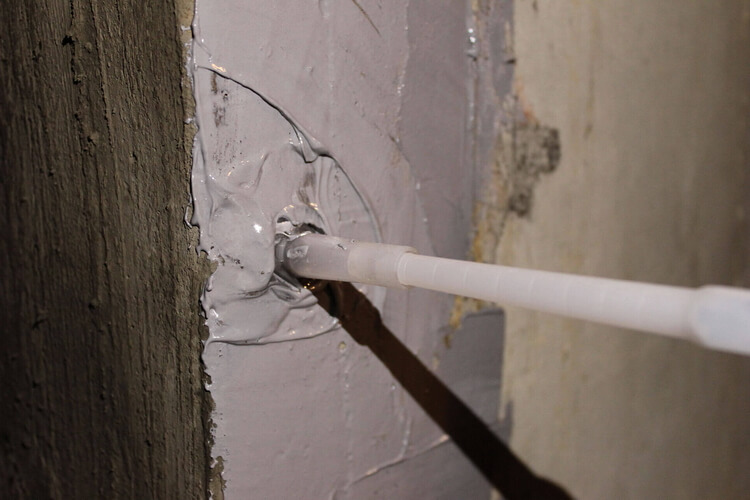
Epoxy crack injections offer an affordable concrete remediation method for non-movable cracks on slabs, columns, piers, and walls. The main function of an epoxy crack injection is to restore the structural integrity of concrete to pre-cracked condition. To prevent the repaired concrete structure from cracking again, it’s important that contractors do their due diligence to find the right epoxy resin formulation.
The significance of cracks largely depends on the structure as well as the cause of the cracking. Before any repair can be implemented, it’s important for builders to determine the nature of the crack in order to design a repair method that will ensure the best results. Long-term repair must resolve the cause of the cracks themselves. One of the most common repair solutions for cracked concrete is epoxy crack injection. This is used to repair cracks in concrete structures with a width ranging between .002” up to 3/8’. By rule, there are no pre-determine formulations for epoxy resin for varying widths.
Epoxy Resin Applications
- Epoxy injections that work well for cracks measuring 0.60 will begin to crystallize if applied in cracks that are bigger than .250”. In essence, epoxy injections are designed to be used with specific fillers that enable penetration within small cracks, or low exotherm for large cracks.
- For larger cracks, epoxy resin with heavier viscosities is ideal to regulate the formation of crystals and internal heating within the epoxy system during the drying process. When applied properly, cured epoxy resin becomes up to three times stronger than the concrete material.
- Ideally, an epoxy crack injection is applied to repair concrete before it cracks. But in this case, cured epoxy injection will not add to the overall strength of the repaired concrete, as the epoxy tensile bond to the concrete is far greater than the concrete’s inherent tensile strength. To add to that, future cracking on the same site may reoccur.
- To further strengthen epoxy resin injections, contractors usually install reinforcements across the failure plane.
- Epoxy resin injection is used in combination with internal and external reinforcement for structural strengthening and restoration purposes.
- Epoxy crack injection may also be used to repair narrow cracks measuring 0.013 mm in width. In general, cracks with less width may be repaired using epoxy resin or other polymer systems with viscosity level as low as 200 cps.
- It is also being used to repair and restore concrete structures that are damaged by overload, earthquake, vehicle impact, and other sudden external forces.
- The epoxy crack injection method offers a fast and straightforward repair solution for horizontal, vertical, and overhead applications.
Although epoxy resin injection presents an excellent means to repair floor and wall cracks, it is not meant to seal leaks. Since epoxy resin is water-insensitive by nature, it can only be used to repair cracks that stay dry most of the time to maintain its adhesion. In short, epoxy injections are ineffective in sealing cracks or preventing water from leaking through the other side of concrete structures.
At Extreme Industrial Coatings, we offer comprehensive epoxy crack injection services to restore a concrete structure’s overall integrity and function, as well as deliver optimal resistance to moisture penetration. If you want to learn more about our epoxy crack injection service, contact us today.



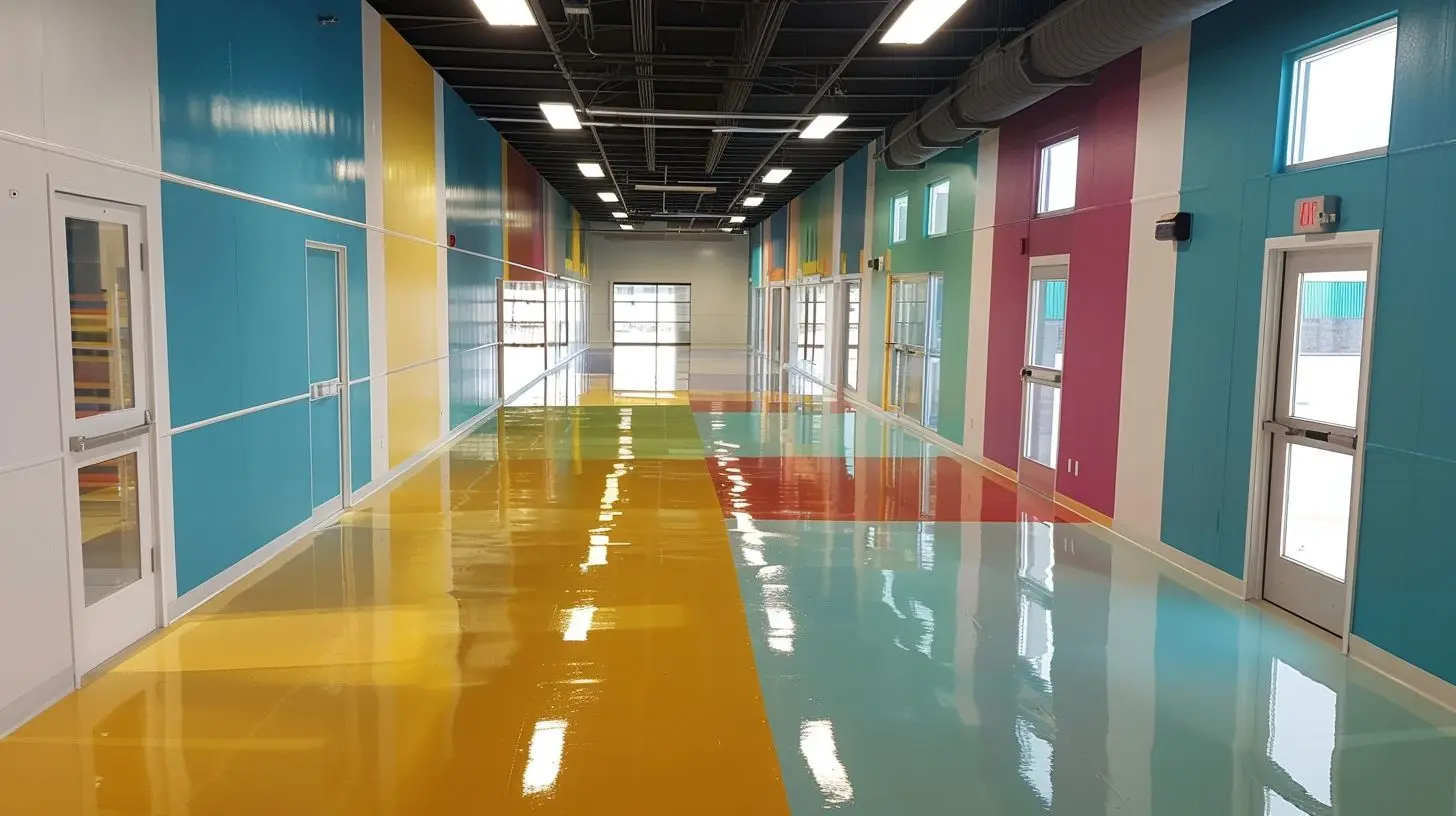
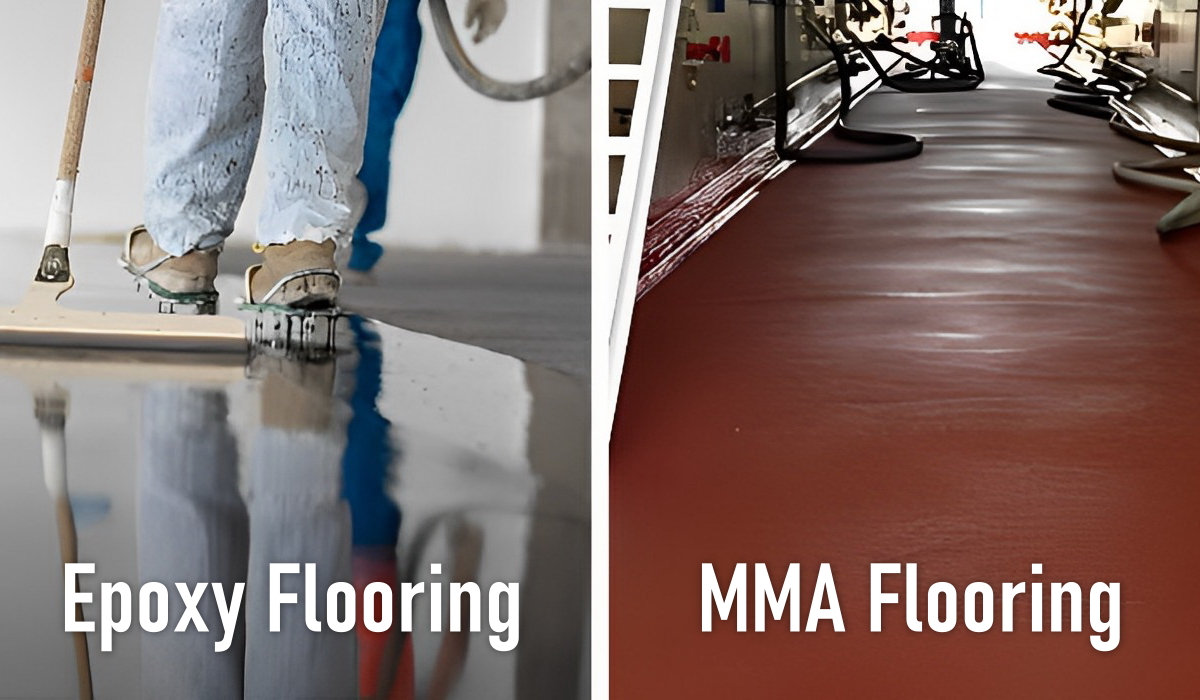
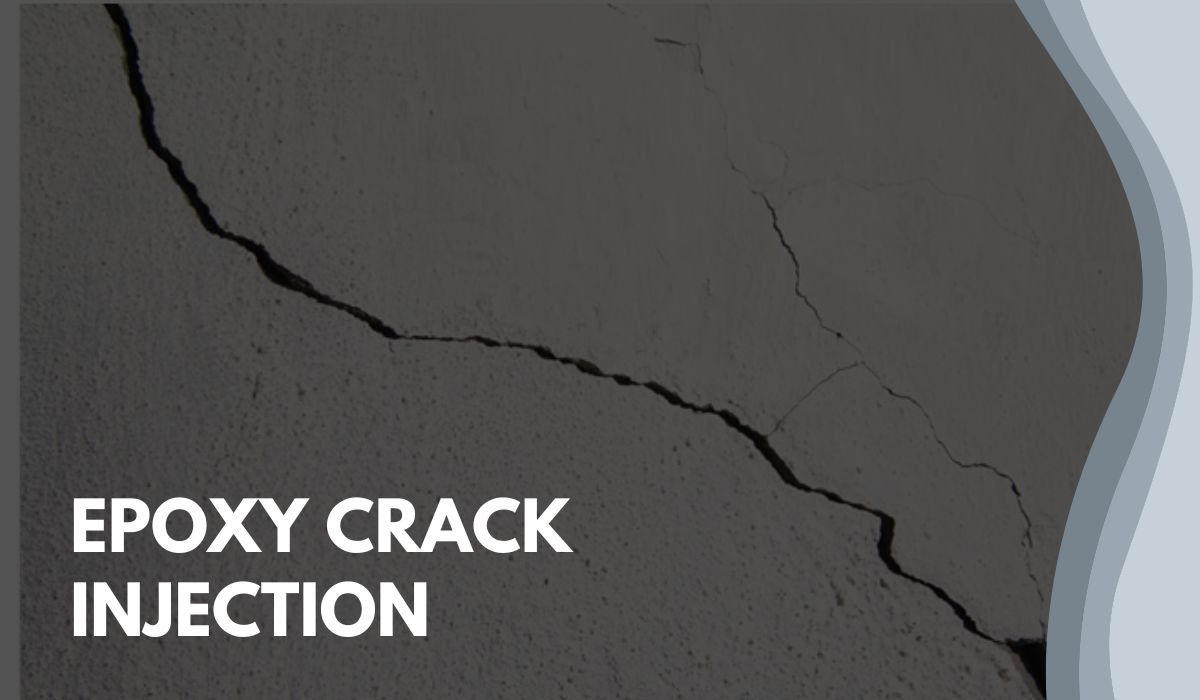
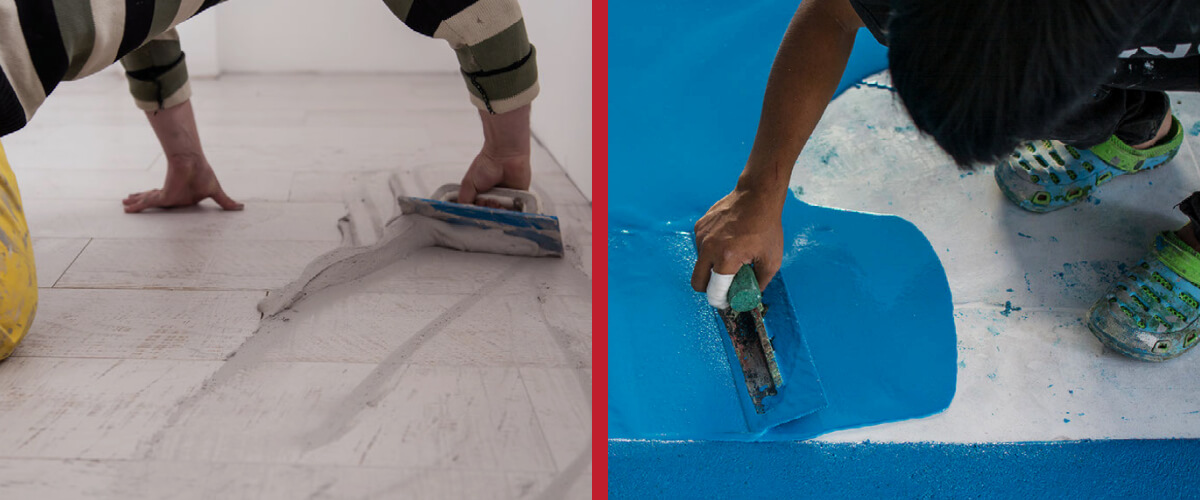
Leave A Comment